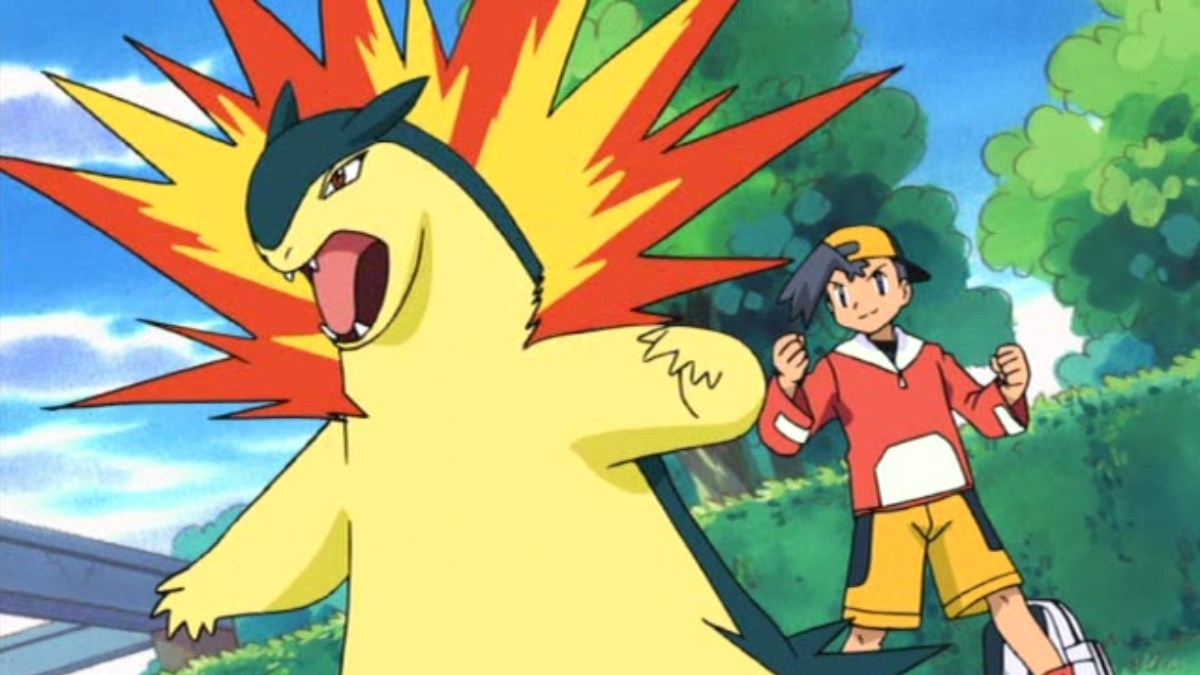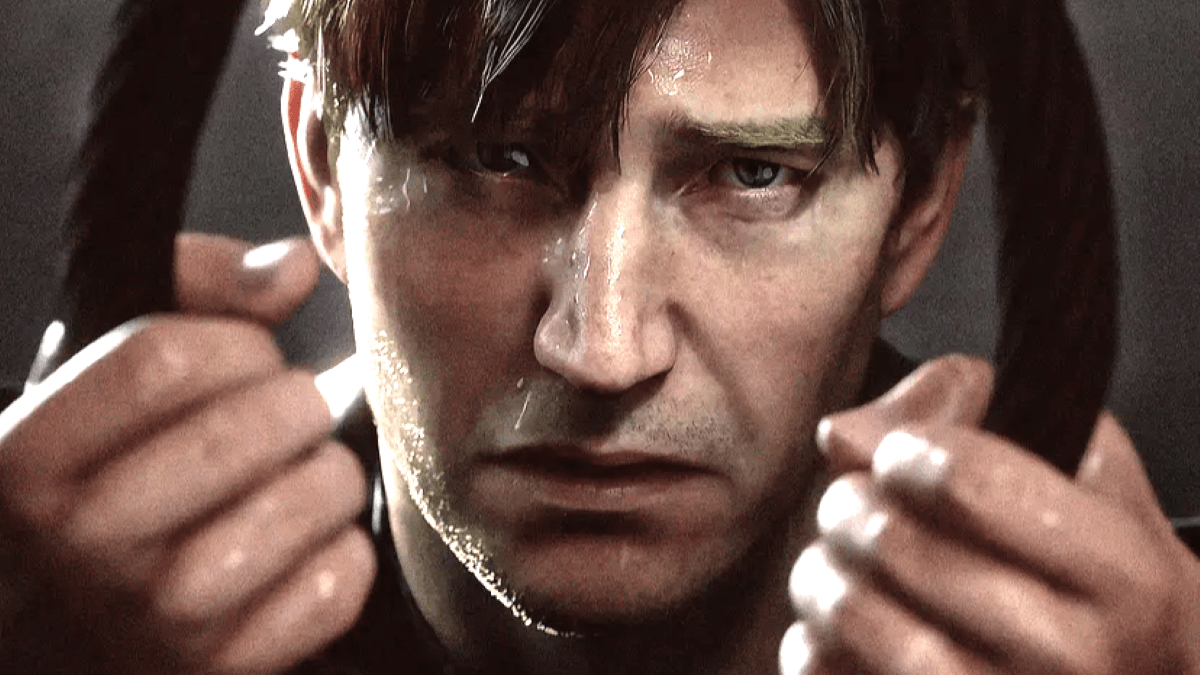Solar Ash feels, at times, like a parody of an indie game. From the acclaimed studio that brought us Hyper Light Drifter, Heart Machine, comes a title that scrapes a few disparate ideas from the floor of a game development war room and fails to put them together in a way that’s all that interesting. Solar Ash shows its entire hand in the first fifteen minutes of gameplay, and if you, like me, aren’t immediately on board, you’ll be quickly left behind.
Solar Ash is about uncovering the mysteries of a lost expedition of extraterrestrial beings as they ventured into a black hole threatening to consume their planet. Your objective is to activate a mysterious device called the Starseed to stop the black hole and (hopefully) save not only your world but your lost compatriots as well. A giant Gris-esque goddess looming at the heart of the vortex is committed not only to stopping our protagonist, Rei, from achieving her goal but also us, the player, from acquiring too many health points. More on that later.
You’re plopped down into a colorful pastel landscape where you’re free to grapple, skate, and jump around to collect plasma (the game’s currency), audio logs, and armor pieces for bonus abilities. The game looks… fine. I’m honestly a little burned out on this new indie style of low-poly and cel-shaded pastels, ala Risk of Rain 2, Astroneer, and Sable. It leaves Solar Ash feeling a bit trite in the art department, as nothing here is bringing anything new to the table visually. Sometimes it feels like Solar Ash doesn’t bring anything new to the table at all.
Skating and boosting around can be fun, but it’s almost the entire conceit of the game. It’s as if “being able to skate on any surface” was the core mechanical idea, then the art, environments, and combat were sort of haphazardly draped over top. Environments are samey, geometrically uninteresting, and hardly use this traversal mechanic to any real benefit. Most of the time I was simply skating around on amorphous clouds, aimlessly searching for collectibles or hidden objects required to progress like a way less fun version of Super Mario Galaxy.

The only other mechanics are the combat, which is exactly okay, and these… goop puzzles. What I mean by “goop puzzles’’ are timed sequences that require you to travel between beacons that need to be smashed or grappled to before reaching the endpoint, dispelling the goop. This mechanic is used about four times per level, then four times per boss. It’s overwrought by the two-hour mark and begins to grate long before the credits roll. I longed so desperately for more huge, downward slaloms that would take advantage of my movement, but instead was relegated to playing a hamstrung version of Dustforce.
The bosses are a definite highlight, at least. Shadow of the Colossus is an obvious inspiration for these behemoths, but they all follow a very similar pattern: grapple onto the beast, do a goop puzzle, and repeat. Each time you do a goop puzzle, more traversable surface area will break away, making subsequent goop puzzles more difficult until the boss is dead. Your reward? You lose a health point that you will need to re-purchase from a vendor with plasma. That’s right! No new abilities, no upgrades, and you actually lose progress for overcoming a boss. It’s like Shadow of the Colossus, only instead of a strictly narrative-focused punishment, you’re given a mechanical one.
This is all coming across as overwhelmingly negative, but I’m sure there’s plenty here that’ll appeal to certain people. The gameplay is fun enough, and while I wish there were more iterations and additions throughout the story it carries itself well enough to the conclusion. The art style gives me a headache, but there’s a certain beauty in the simplistic pastels and mind-bending geometry of the landscapes. The music, while understated, is pulling more than its weight in bringing the tone of this somber, dying world to life.

I think the most damning but innocuous part of Solar Ash is just how safe it plays things. When I said it feels at times like a parody of an indie game, I meant it in the same way that many isometric pixel-art hack-n-slash games do now – it’s an oversaturated market. Heart Machine paved the way for those kinds of games, but they’ve fallen behind on current trends and delivered a product that, five years ago, would’ve made a big splash. Even the AAA market has beaten them to the creative punch, namely in the form of Ratchet and Clank: Rift Apart’s hover boot mechanics, which dwarf Solar Ash’s movement in terms of implementation.
One last minor gripe I have is performance. For a game so simplistic in style I expected a flawlessly smooth experience, especially on PlayStation 5. What I got was headache-inducing stuttering that’s hard to describe. There were never any frame-drops that were noticeable – it felt more like poor frame pacing, like that that plagues Bloodborne. Only here, when the camera is sweeping across brightly colored landscapes in search of collectibles, it’s far more nauseating.
Is this review a little unfair? Maybe. But to give passes to games that try so little and congeal so poorly because of their status as misnomered “indies” discredits those that try so much and stick the landing so well. Solar Ash will please plenty of folks – I can name five personal friends who I know would enjoy it. It just left me wanting a whole lot more.
This review is based on the PlayStation 5 version of the game. A code was provided for review by Annapurna Interactive.








Published: Dec 14, 2021 12:03 pm